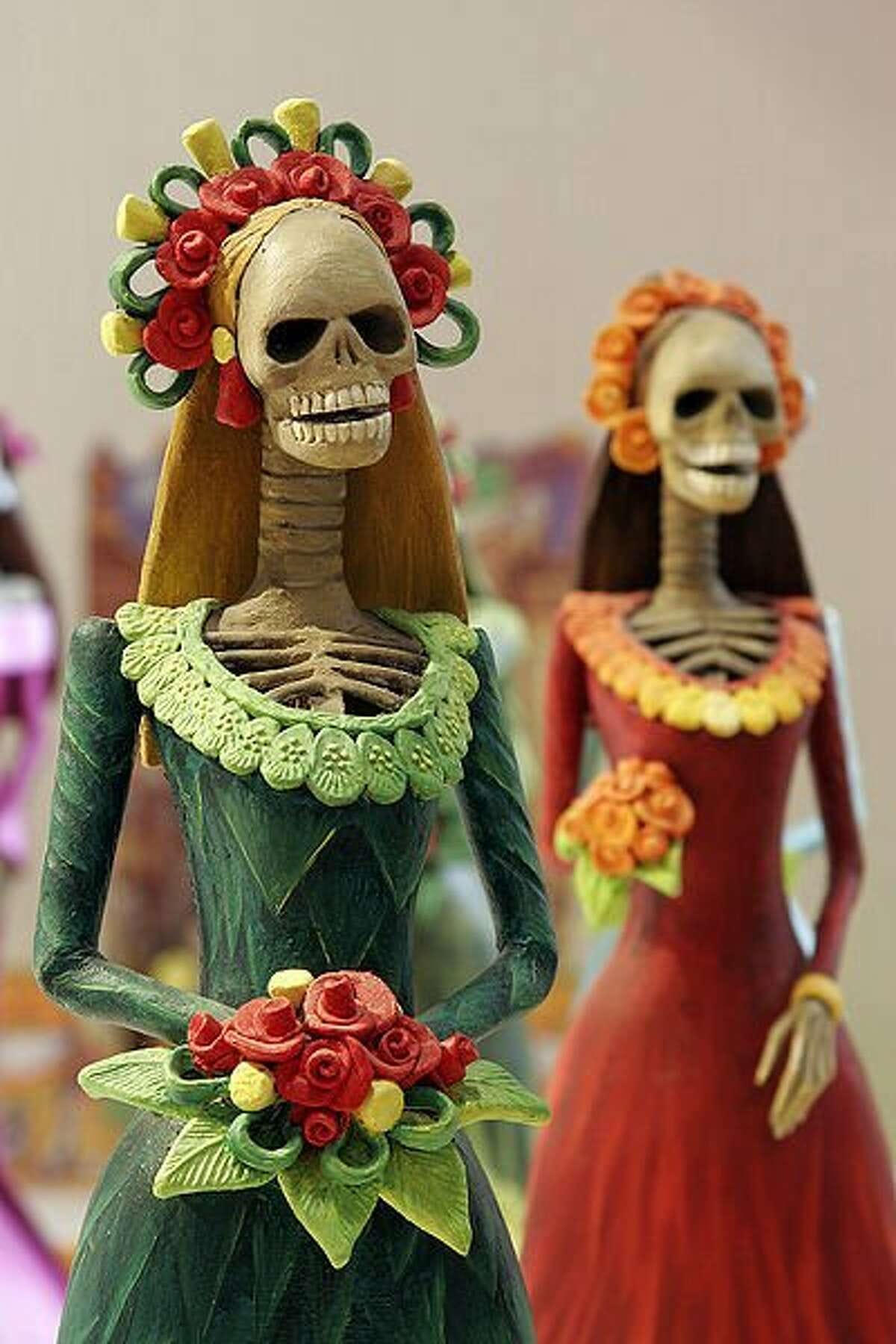Tijuana, Baja California, more than twenty years ago, in a notoriously rough part of the city, a few blocks over from the city’s Red Light district. I was there on a quest for a number of cumbia CDs in the wealth of small music shops concentrated there within a block or two of one another. A Mexican friend had given me a list and a rough map of the sh…
© 2025 Alexander Riley
Substack is the home for great culture


